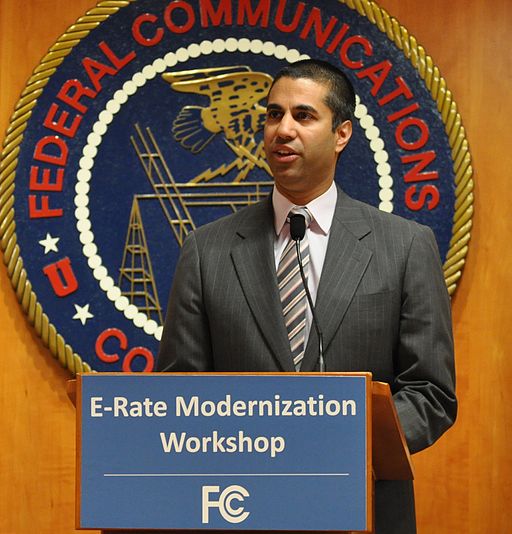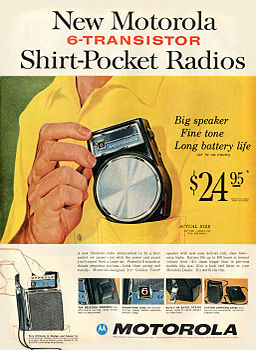We’ll Take That As a Yes
Common carrier or not is the logical puzzle in question. Substitute “Section 222” for Catch-22 to relish the flavor of the ISP regulatory mess.
Previously the only regulatory oversight of some ISPs on behalf of consumer privacy came from the Federal Trade Commission, and it was limited to holding the companies accountable to the terms of their own privacy policies. The FTC does not regulate consumer privacy regarding the actions of common carriers. It does regulate consumer privacy regarding the actions of so-called edge providers that offer services by voluntary subscription, like Facebook, and of websites in general, but again only by holding them to their own privacy policies, as invasive as they may be. Since the implementation of the FCC’s Open Internet Rules in 2015, all ISPs must adhere to the more restrictive regulations applied to common carriers.
The 1970 film adaptation of Joseph Heller’s brilliant Catch-22 lays out a problem in logic. It does not attempt to explicate it, because that would be impossible and probably unhealthy.
Still, Chairman Wheeler and others felt that the language of Section 222 did not go far enough in spelling out consumer privacy protection in the internet age. Originally written in 1934 when the capacity of a common carrier to sweep up vast amounts of customer data was not even a pipe dream, and inadequately addressed in the major 1996 revision of the law, Section 222 did not explicitly deny ISPs the ability to sell customer data because the ISPs could interpret “with the approval of the customer” in Section (c)(1) to mean they could consider customers opted-in unless they stated otherwise. Being passive and silent rather than active and vocal has always been considered assent or approval, especially by sneaky people with an agenda, and it is a prevalent practice on the internet. That is a trick of the interactive internet age that no one foresaw in 1934, and apparently not even in 1996. In 2002, Democratic Senator Paul Wellstone of Minnesota introduced a bill which would have changed “the approval of the customer” to “the affirmative written consent of the customer.” The bill went nowhere.
That’s an android in the center, but it could just as well be you, an internet service customer, caught between government regulators and telecommunications providers.
― Techly



